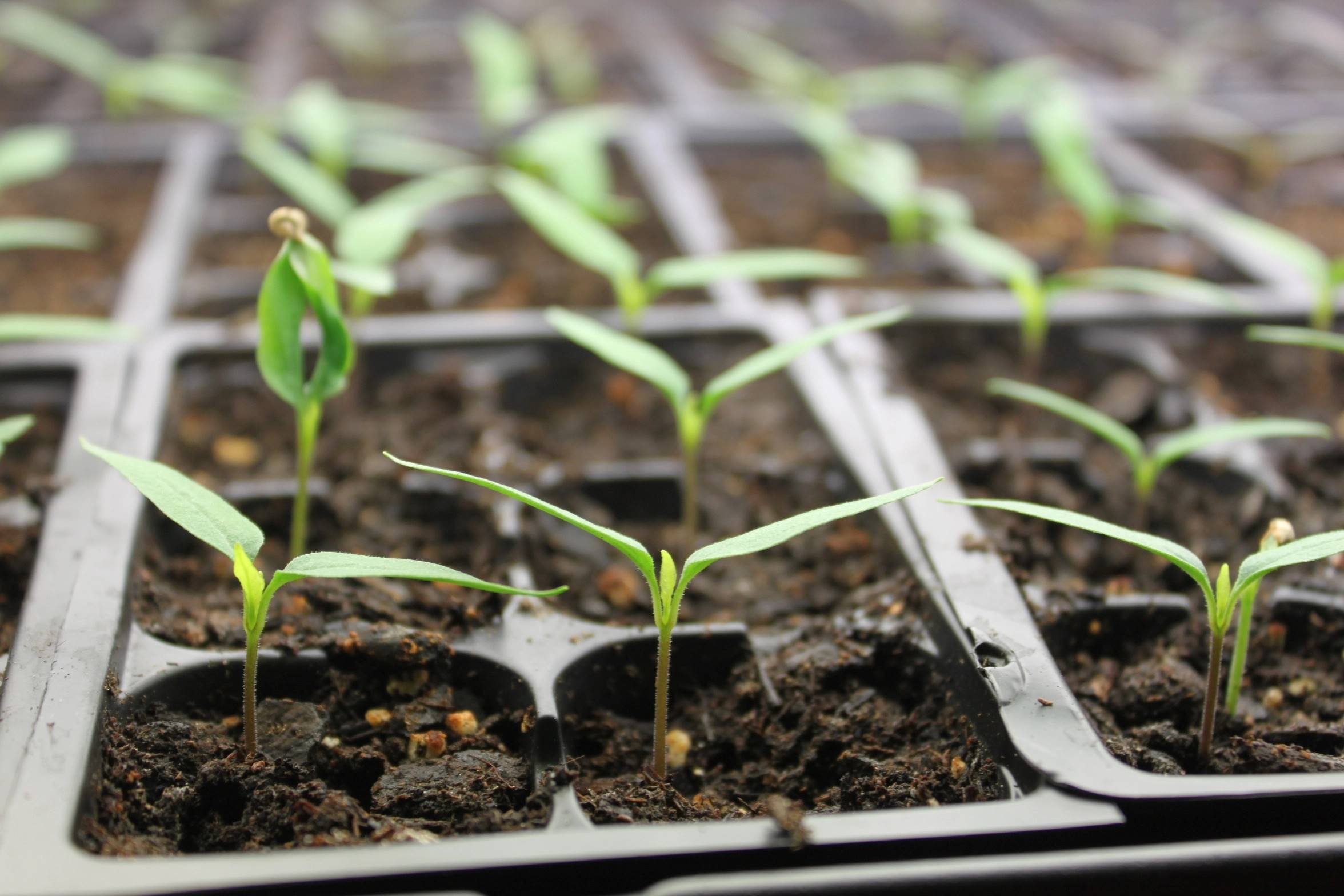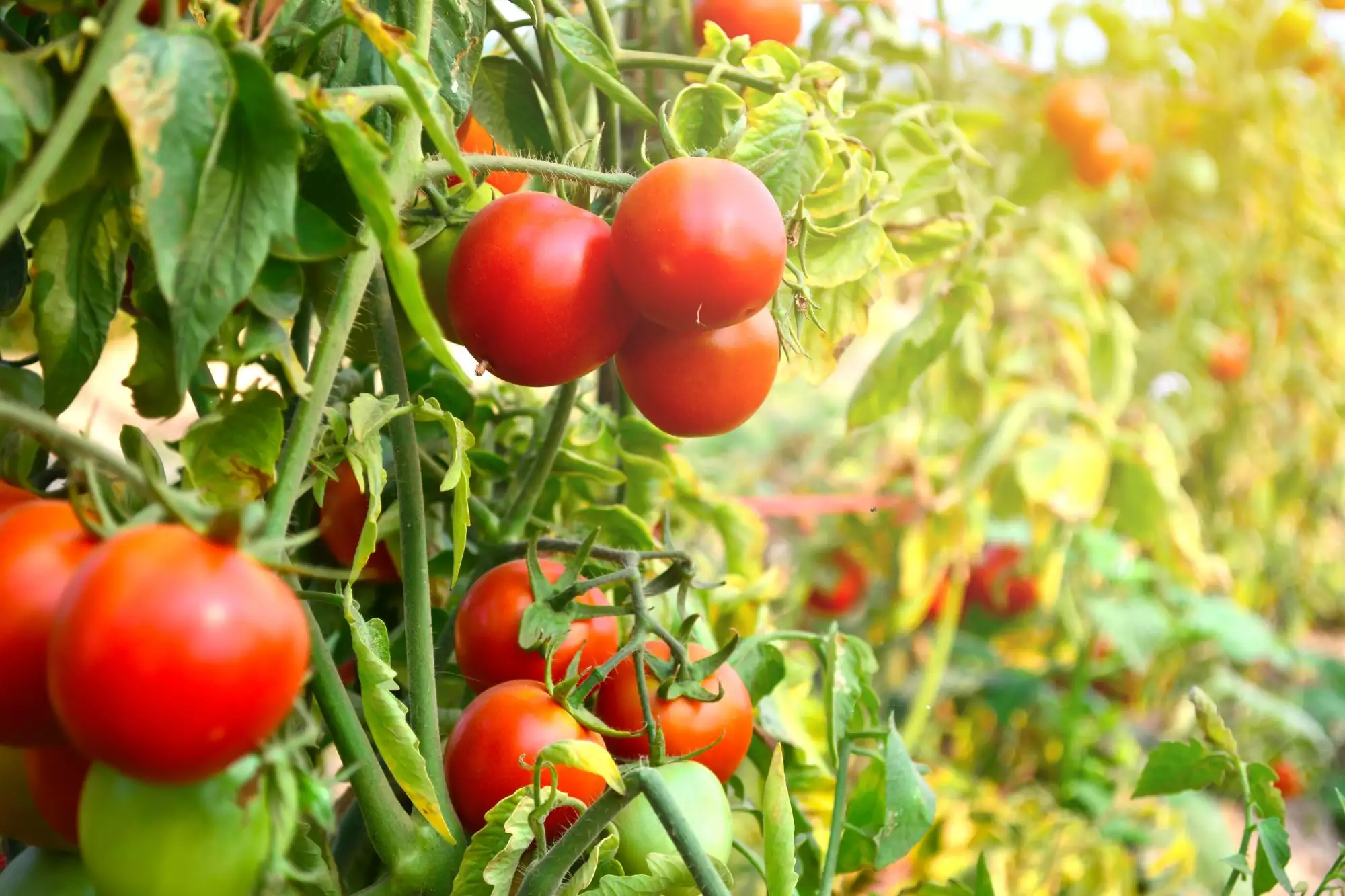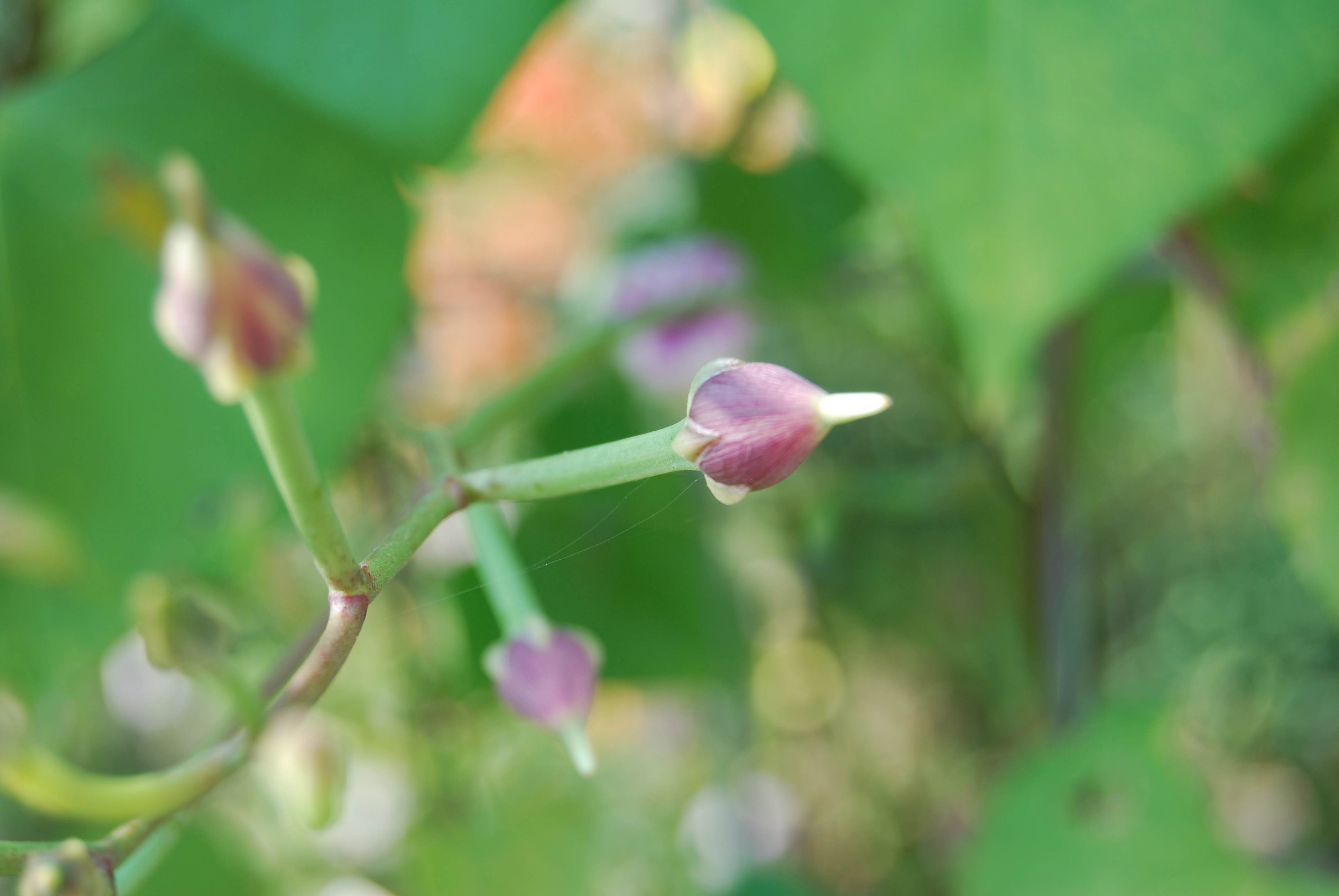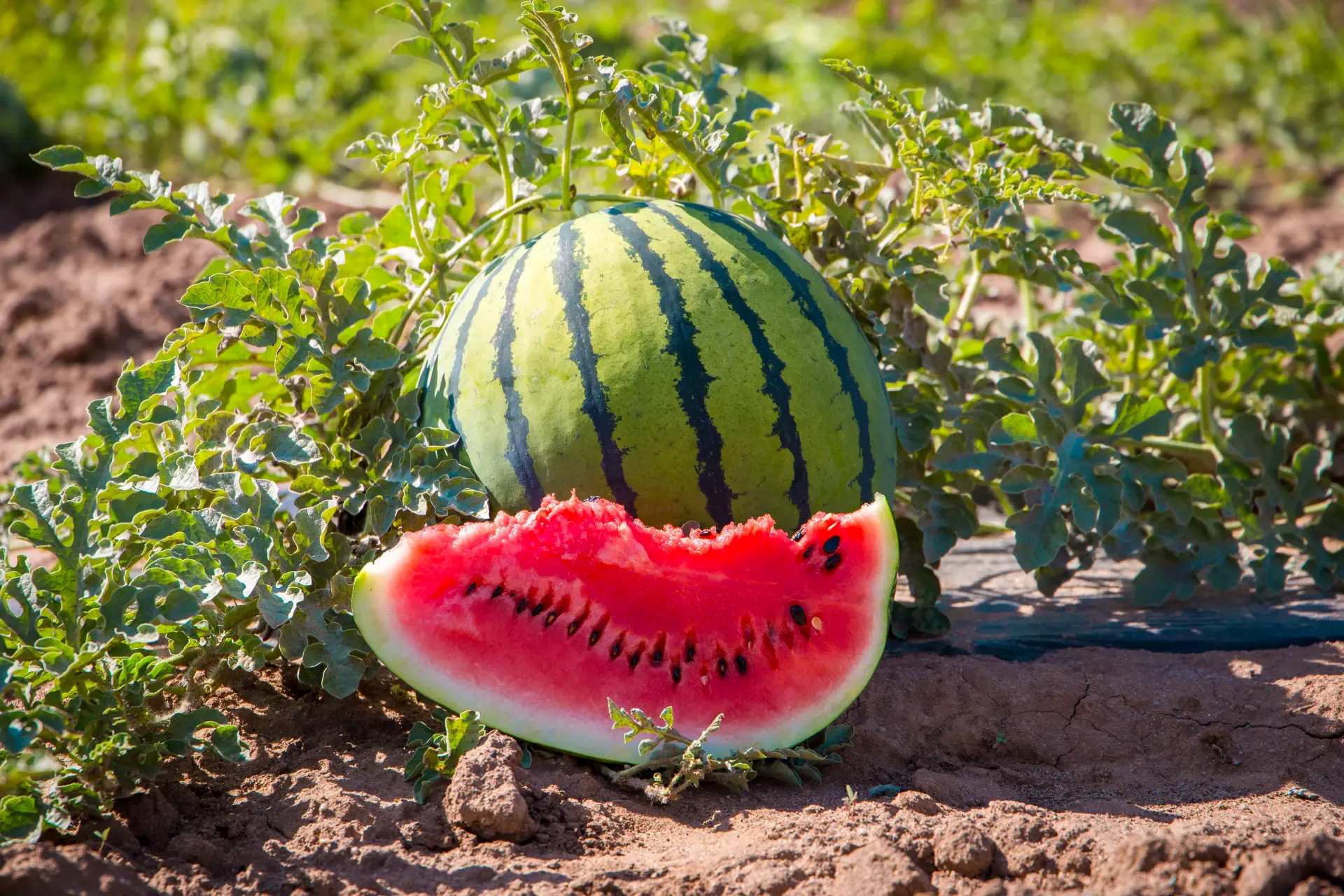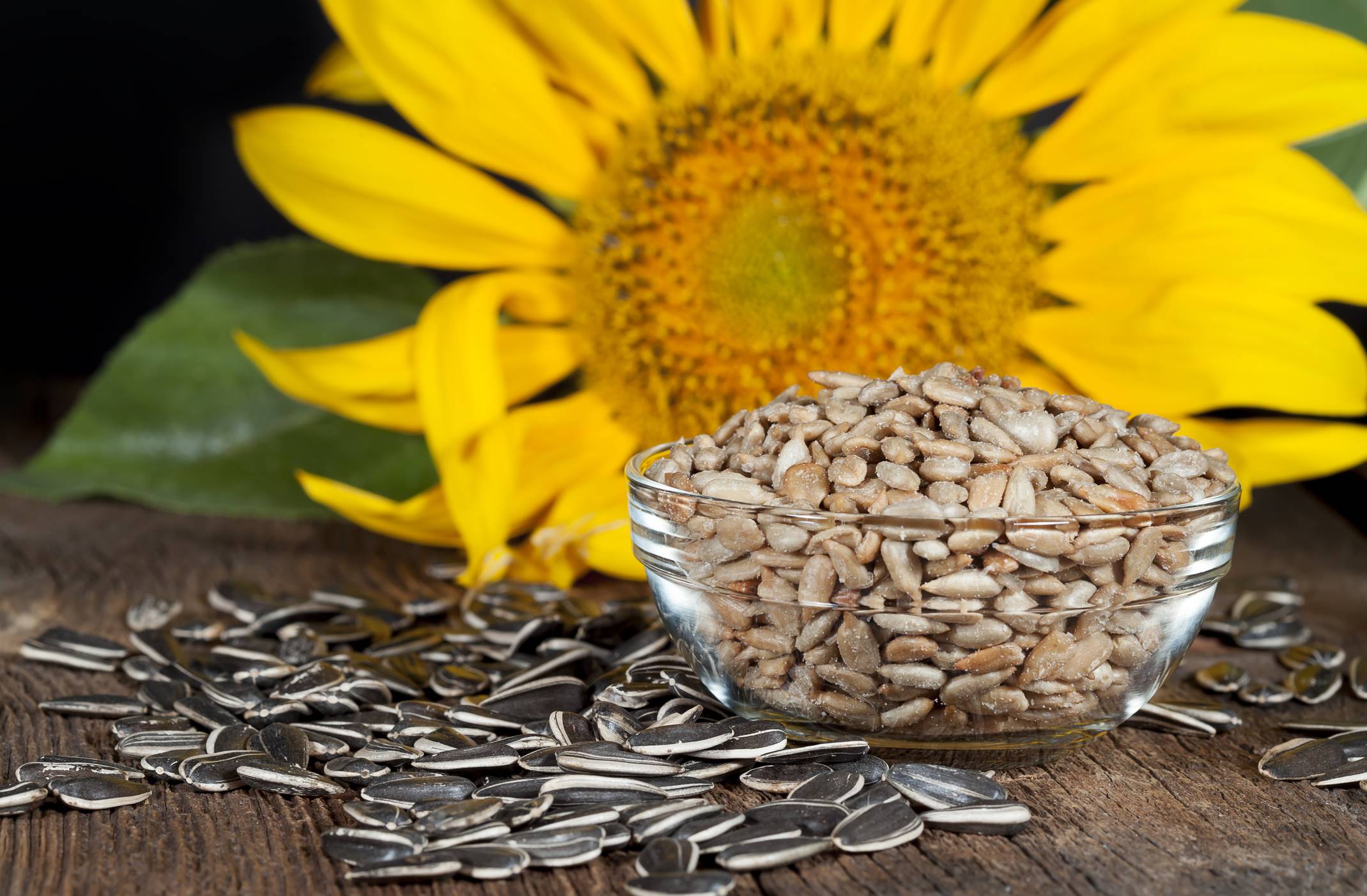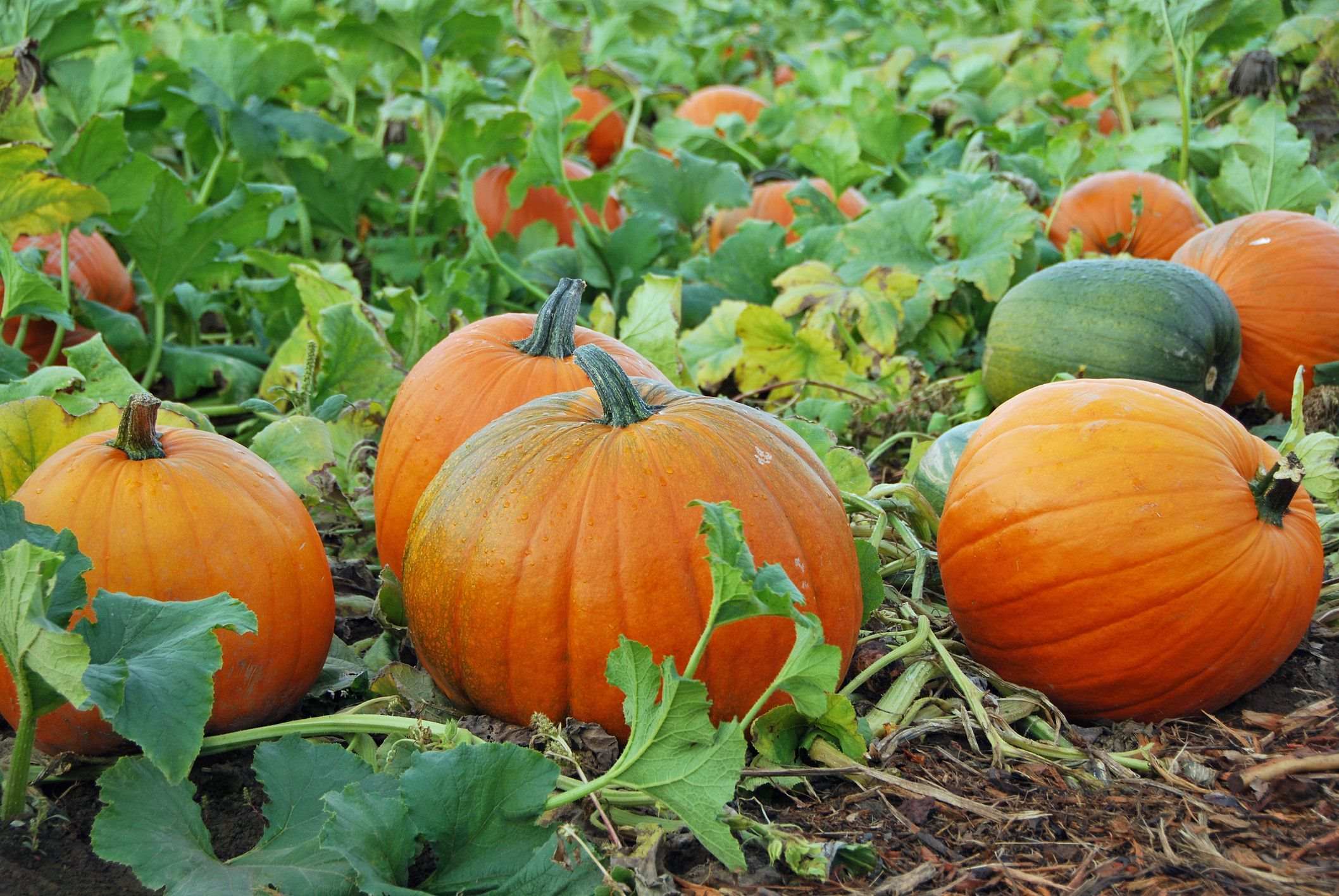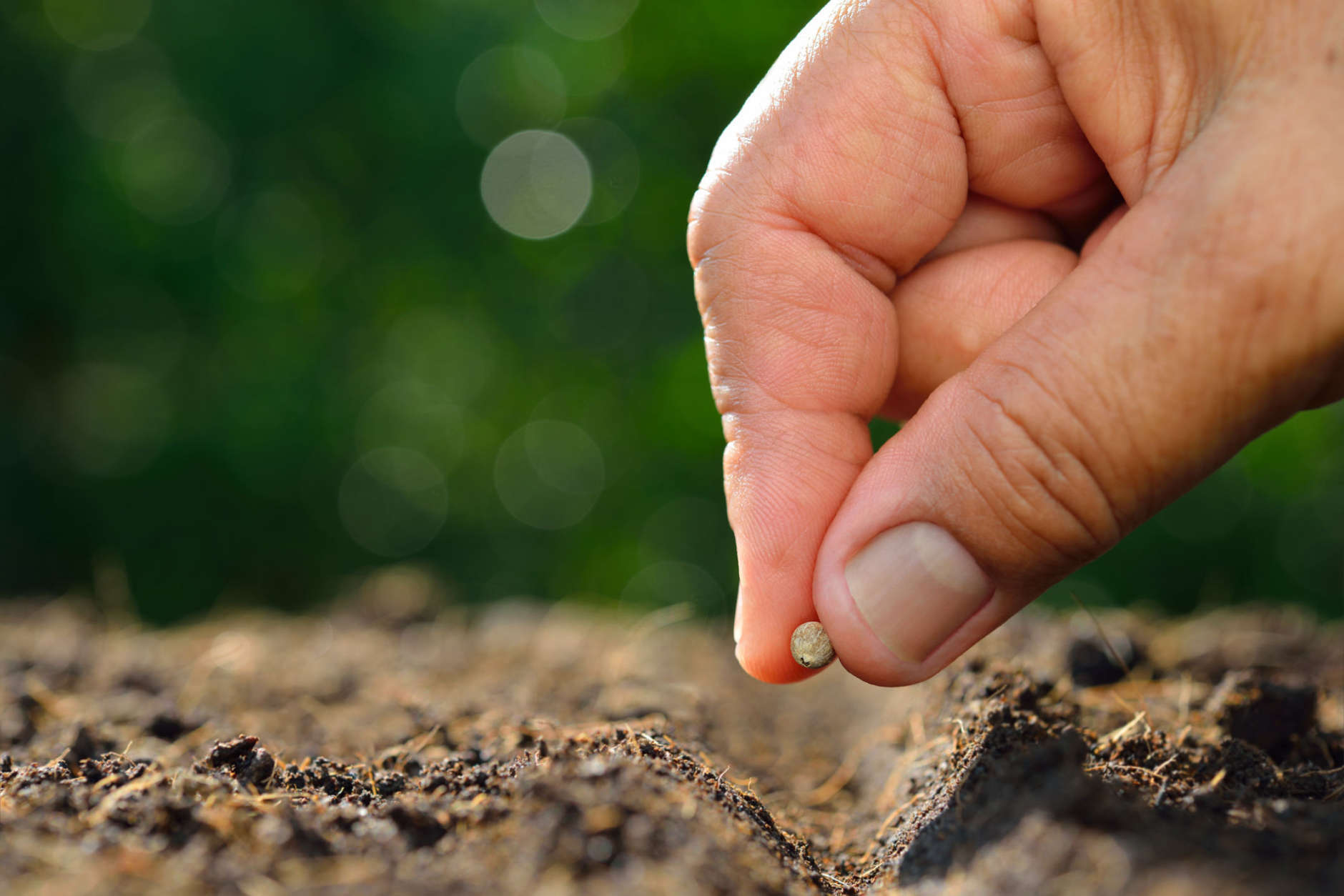Home>Types of Gardening>Ornamental Gardening>When To Plant Forget Me Not Seeds
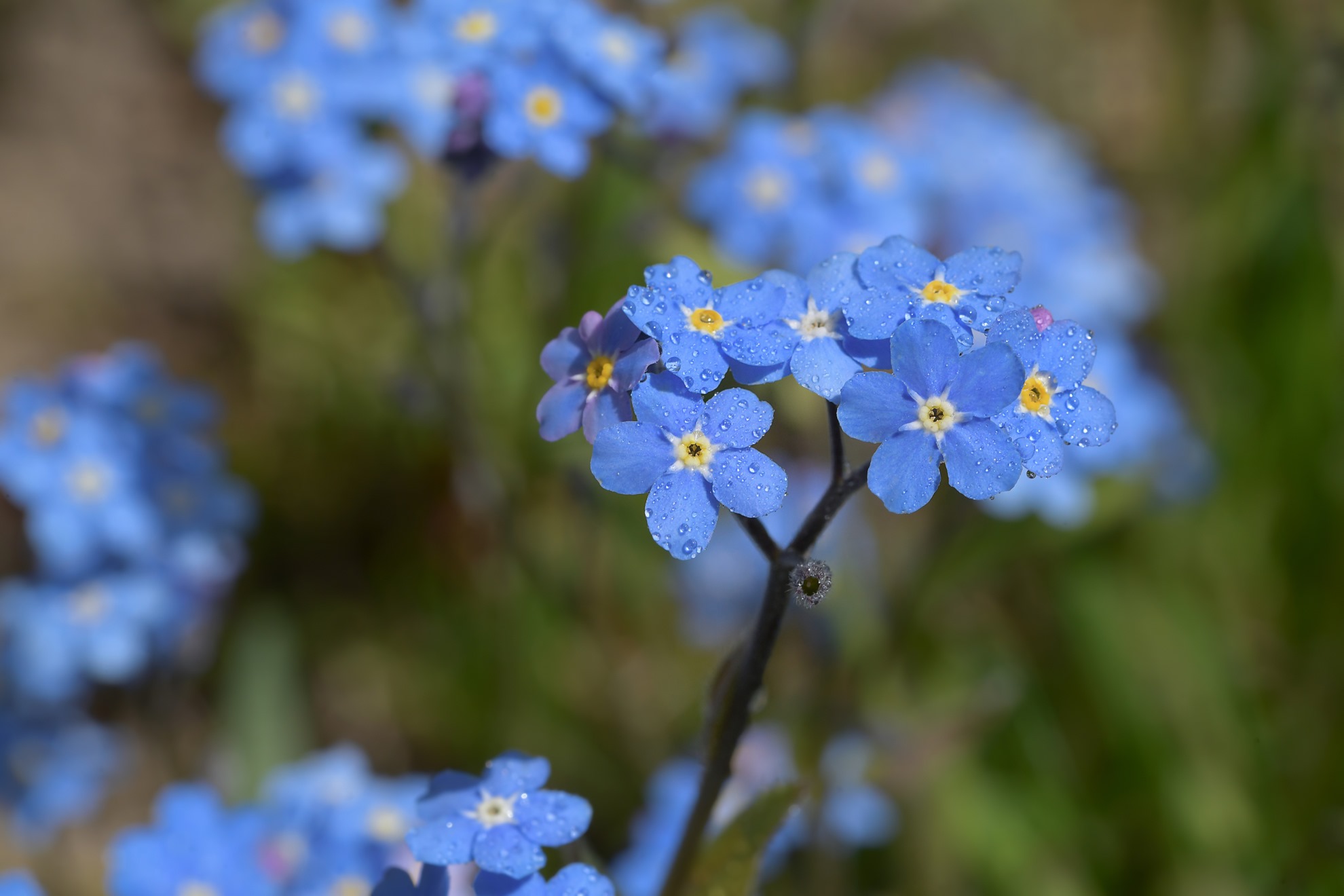

Ornamental Gardening
When To Plant Forget Me Not Seeds
Modified: February 7, 2024
Discover the best time to plant forget me not seeds for your ornamental gardening needs. Start creating a stunning garden with these beautiful and delicate flowers today!
(Many of the links in this article redirect to a specific reviewed product. Your purchase of these products through affiliate links helps to generate commission for Chicagolandgardening.com, at no extra cost. Learn more)
Table of Contents
Introduction
Welcome to the world of ornamental gardening, where the beauty of nature comes alive through carefully cultivated plants and flowers. If you have a green thumb and a passion for creating breathtaking landscapes, then you’ve come to the right place. In this article, we will delve into the enchanting realm of planting forget-me-not seeds, a popular choice for adding a touch of charm and color to any garden.
Forget-me-nots, scientifically known as Myosotis, are delicate and dainty flowers that have captured the hearts of gardeners for centuries. With their clusters of small, sky-blue blossoms and slender, green foliage, forget-me-nots add a whimsical and romantic touch to any flower bed or border. These versatile plants can be grown in various settings, from containers to meadows, making them a fantastic choice for both novice and experienced gardeners alike.
But when is the best time to plant forget-me-not seeds? What are the necessary steps to ensure their successful growth? In this comprehensive guide, we will walk you through every aspect of growing these stunning flowers, from choosing the right location to protecting and transplanting the seedlings. So let’s dive right in and embark on a wonderful journey of ornamental gardening with forget-me-not seeds!
The Best Time to Plant Forget Me Not Seeds
The timing of planting forget-me-not seeds plays a crucial role in their successful growth and blooming. These beautiful flowers thrive in cool weather conditions, making it ideal to plant them during specific times of the year.
The best time to plant forget-me-not seeds is in early spring or late fall. In cooler climates, planting in early spring allows the seeds to establish themselves before the onset of summer heat. In warmer regions, planting in the fall takes advantage of the milder temperatures and allows the seeds to germinate and establish before winter sets in.
It’s important to note that forget-me-nots are biennial or short-lived perennial plants, meaning they complete their life cycle in two years or less. By planting them in early spring or late fall, you give them the best chance to grow and bloom during their first year.
If you decide to plant forget-me-nots in early spring, aim for a time when the soil has thawed and is workable. This usually occurs when the temperatures consistently reach above freezing during the day. In late fall, plant them at least six weeks before the first expected frost to allow the seeds to germinate and establish a strong root system.
By planting forget-me-nots during the recommended times, you provide them with the optimal growing conditions, ensuring vibrant blossoms and healthy, robust plants.
Choosing the Right Location
When it comes to selecting the perfect location for planting forget-me-not seeds, there are a few key factors to consider. While these charming flowers can adapt to different settings, providing them with the right environment will enhance their growth and overall appearance.
Forget-me-nots thrive in areas that receive partial shade to full sunlight. If you live in a region with intense heat, it’s best to provide them with some afternoon shade to protect them from scorching temperatures. On the other hand, if you reside in a cooler climate, they can tolerate more direct sunlight.
In terms of soil, forget-me-nots prefer well-draining soil that retains some moisture. Sandy loam or loamy soil is ideal, as it allows water to penetrate without becoming waterlogged. Avoid planting them in heavy clay soil, as it can cause root rot and hinder their growth.
Before sowing the seeds, prepare the soil by removing any weeds, rocks, or debris that may obstruct their growth. Loosen the soil to a depth of about 6 inches, and mix in organic matter such as compost or well-rotted manure. This will improve soil fertility and drainage, creating an ideal environment for the seeds to establish.
When choosing the location, consider the overall aesthetic of your garden. Forget-me-nots are versatile and can be planted in various settings, including flower beds, borders, rock gardens, or even in containers. They provide a beautiful backdrop to other spring-flowering plants and can create a stunning contrast with their blue blooms against green foliage.
By carefully selecting the right location for your forget-me-nots, you not only provide them with the optimal growing conditions but also enhance the visual appeal of your garden. So take the time to consider the sunlight, soil type, and overall design of your garden to create the perfect spot for these delightful flowers to flourish.
Preparing the Soil
Properly preparing the soil is essential for the successful growth of forget-me-not seeds. By providing them with nutrient-rich, well-draining soil, you create the foundation for healthy and vibrant plants.
Start by removing any weeds, rocks, or debris from the area where you plan to sow the seeds. This will ensure that the forget-me-nots have enough space to germinate and grow without competition from unwanted plants.
Next, loosen the soil to a depth of about 6 inches. Use a garden fork or a tiller to break up any compacted soil. This step is crucial as it allows the roots of the forget-me-nots to penetrate easily and access vital nutrients and moisture.
If the soil in your garden is heavy in clay or lacks organic matter, it’s beneficial to amend it with compost or well-rotted organic matter. Work in a generous amount of organic matter into the soil to improve its fertility and drainage. This will ensure that the forget-me-nots have access to the nutrients they need for healthy growth.
Prior to sowing the seeds, it’s a good idea to perform a soil test to determine the pH level. Forget-me-nots prefer slightly acidic to neutral soil with a pH range of 6.0 to 7.0. If the soil pH is too alkaline, you can lower it by adding sulfur or peat moss. Conversely, if the pH is too acidic, you can raise it by adding lime.
By taking the time to properly prepare the soil, you give your forget-me-not seeds the best chance for success. The nutrient-rich and well-draining soil will provide them with the ideal conditions for germination and healthy growth, resulting in a stunning display of blossoms in your garden.
Sowing Forget Me Not Seeds
Now that you have prepared the soil, it’s time to sow your forget-me-not seeds and watch them transform into beautiful blooms. Follow these steps to ensure a successful seeding process.
First, determine the spacing for your seeds. Forget-me-nots are small plants, so you can sow the seeds quite densely. Aim for a spacing of about 6 to 12 inches apart to allow the plants to grow without overcrowding.
Before sowing, moisten the soil lightly. This will help the seeds adhere to the soil and improve germination rates. Use a spray bottle or a gentle sprinkling can to avoid overwatering.
Gently sprinkle the forget-me-not seeds evenly over the prepared soil. Avoid burying them too deeply, as they require light for optimal germination. A light dusting of soil or compost over the seeds is sufficient to provide coverage without smothering them.
Next, press the seeds lightly into the soil to ensure good seed-to-soil contact. You can use the back of a rake or your hands to gently pat them down. This helps the seeds establish a strong connection with the soil, promoting successful germination.
Water the seeded area thoroughly. Keep the soil consistently moist throughout the germination process. You can use a gentle mist setting on your hose or a watering can with a fine spout to avoid displacing the seeds.
Germination typically takes around 10 to 14 days. During this time, ensure that the soil remains evenly moist. If the weather is particularly dry, you may need to water the area more frequently. However, be careful not to overwater, as this can lead to fungal diseases.
As the forget-me-not seedlings emerge and grow, thin them out if they become too crowded. This will allow the remaining plants to have enough space to develop fully. Thinning can be done by snipping the excess seedlings at ground level, being careful not to disturb the roots of the remaining plants.
With patience and proper care, your forget-me-not seeds will sprout and grow into charming plants with delicate blue blossoms. Prepare to be captivated by their beauty as they bring a touch of enchantment to your garden.
Watering and Maintenance
Proper watering and maintenance are essential for the health and vigor of your forget-me-not plants. By providing them with adequate moisture and care, you will ensure their continued growth and vibrant blooms.
Watering is crucial, especially during dry periods, to keep the soil consistently moist. While forget-me-nots prefer slightly moist soil, be cautious not to overwater, as this can lead to root rot and other diseases. Aim for deep watering sessions rather than frequent shallow watering. This encourages the roots to grow deeper into the soil, making the plants more resilient.
Monitor the weather and adjust your watering schedule accordingly. If there is sufficient rainfall, you may not need to water as frequently. However, during prolonged dry spells, it’s important to supplement with additional water to prevent the plants from becoming stressed.
Mulching is beneficial for forget-me-nots, as it helps retain moisture in the soil and suppresses weed growth. Apply a layer of organic mulch, such as shredded bark or straw, around the base of the plants. This also helps to regulate soil temperatures, keeping the roots cool during hot summer months.
Regular inspection and maintenance are vital to keep your forget-me-nots healthy and looking their best. Check for any signs of pests, such as aphids or slugs, and take appropriate measures to control them. Insecticidal soap or organic pest control methods can be used if necessary.
Deadheading, or removing faded flowers, not only keeps your plants looking tidy but also encourages more blooms. Pinch off the spent flowers as they wither, pinching just above a healthy leaf node or pair of leaves. This redirects the plant’s energy towards production of new flowers instead of seed production.
During the growing season, you may consider applying a balanced, water-soluble fertilizer every 4-6 weeks to provide your forget-me-nots with necessary nutrients. Follow the instructions on the fertilizer packaging for proper dosage and application.
Lastly, it is important to stay vigilant for any signs of disease. Keep an eye out for common issues like powdery mildew or leaf spots. If any signs of disease appear, promptly remove the affected foliage and treat the plants with a suitable fungicide according to the manufacturer’s instructions.
By paying attention to watering and maintenance, you can ensure that your forget-me-nots thrive and continue to grace your garden with their captivating blue blossoms.
Protecting Forget Me Not Seedlings
Protecting forget-me-not seedlings from external threats is crucial to ensure their healthy growth and survival. These delicate plants are susceptible to various challenges, including pests, diseases, and adverse weather conditions. By taking proactive measures, you can safeguard your seedlings and ensure their successful development.
Pests such as slugs, snails, and aphids can pose a threat to your young forget-me-nots. To prevent infestations, regularly inspect your plants for signs of damage or the presence of pests. If you spot any, take immediate action. Manual removal of pests, using barriers like copper tape, or applying organic insecticides can help control the problem.
In addition to pests, forget-me-not seedlings can be vulnerable to diseases like powdery mildew and damping-off. To minimize the risk, provide adequate air circulation by spacing the plants properly and avoiding overcrowding. Water the plants at the base to prevent splashing onto foliage, which can promote disease spread. If necessary, apply appropriate fungicides as a preventative measure according to the instructions on the product label.
Protecting forget-me-not seedlings from harsh weather conditions is also important. Extreme temperatures, heavy rain, or strong winds can damage or even kill young plants. If frost is expected, cover the seedlings with a frost cloth or an overturned pot to provide protection. During heavy rain, ensure proper soil drainage to prevent waterlogging, which can lead to root rot.
Creating a physical barrier around your seedlings can also help protect them from unwanted disturbances. This can include placing small fences or netting around the plants to deter animals such as rabbits or deer from nibbling on them.
Regularly monitoring your forget-me-not seedlings and promptly addressing any issues that arise will go a long way in ensuring their successful establishment in your garden. By taking steps to protect them from pests, diseases, and adverse weather conditions, you will greatly increase their chances of flourishing and delighting you with their charming blossoms.
Transplanting Forget Me Not Seedlings
Transplanting forget-me-not seedlings is an important step in their growth journey, allowing them to establish deeper roots and thrive in their desired location. When the seedlings have grown and developed a few sets of true leaves, it’s time to carefully move them to their permanent spot in your garden.
Choose a cloudy day or transplant in the evening to minimize stress on the seedlings. This reduces the risk of transplant shock and gives the plants a better chance of adjusting to their new surroundings.
Before transplanting, prepare the new planting site. The soil should be well-draining and amended with organic matter, similar to the soil preparation for sowing the seeds. Dig a hole slightly larger than the root ball of the seedlings, ensuring that it is deep enough to accommodate the roots without bending or crowding them.
Gently remove the seedlings from their current container or seed tray. To avoid damaging the fragile roots, use a spoon or a small garden trowel to carefully lift them out. Handle the seedlings by the leaves, avoiding direct contact with the stem, as it is susceptible to damage.
Place each seedling into the prepared hole, making sure the top of the root ball is level with the surrounding soil. Hold the seedling in place while backfilling the hole with soil, gently firming it around the roots. Water the newly transplanted seedlings to help them settle in and reduce any air pockets in the soil.
After transplanting, provide the seedlings with regular care and maintenance. Water them deeply but avoid overwatering, as this can lead to root rot. Monitor their progress and continue to protect them from pests and adverse weather conditions.
It’s important to note that forget-me-nots may self-seed once established. If you wish to prevent excessive self-seeding, deadhead the faded flowers religiously before they have a chance to drop seeds.
With proper care and attention, your transplanted forget-me-not seedlings will adapt to their new location and continue to grow into beautiful, blooming plants. Enjoy the process of watching them flourish and adding a touch of enchantment to your garden.
Conclusion
Congratulations! You have now learned the essential steps for successfully planting and growing forget-me-nots from seeds. These delicate and charming flowers have the power to transform any garden with their vibrant blue blossoms and delicate foliage. By following the guidelines outlined in this article, you can create an enchanting display of forget-me-nots that will capture the hearts of all who behold them.
Remember, timing is crucial when it comes to planting forget-me-not seeds. Choose the best season – early spring or late fall – to give them the optimal conditions for germination and growth. Select a location that provides partial shade to full sunlight, with well-drained soil enriched with organic matter. Prepare the soil properly, removing weeds and adding compost or manure for improved fertility and drainage.
Sow the seeds evenly and lightly press them into the soil, ensuring good seed-to-soil contact. Water the seeded area regularly but avoid overwatering. As the forget-me-not seedlings emerge, thin them out if needed to provide adequate space for proper growth.
Protect your forget-me-not seedlings from pests, diseases, and adverse weather by implementing preventative measures such as using organic pest control, providing proper air circulation, and creating physical barriers. Lastly, when the seedlings have matured, transplant them carefully to their permanent location and continue to care for them by watering appropriately and monitoring their progress.
With dedication, patience, and a little bit of gardening know-how, you can enjoy a stunning display of forget-me-nots gracing your garden. So go ahead, grab your gardening tools, and embark on the journey of growing these captivating plants. May your forget-me-nots bloom abundantly and bring joy and beauty to your outdoor space.
